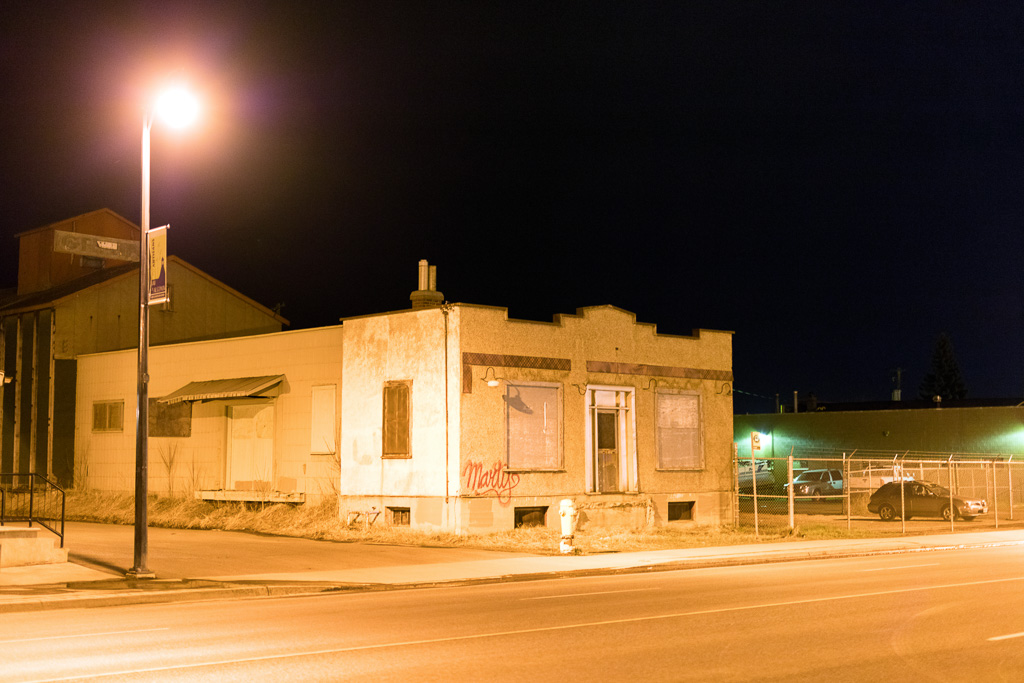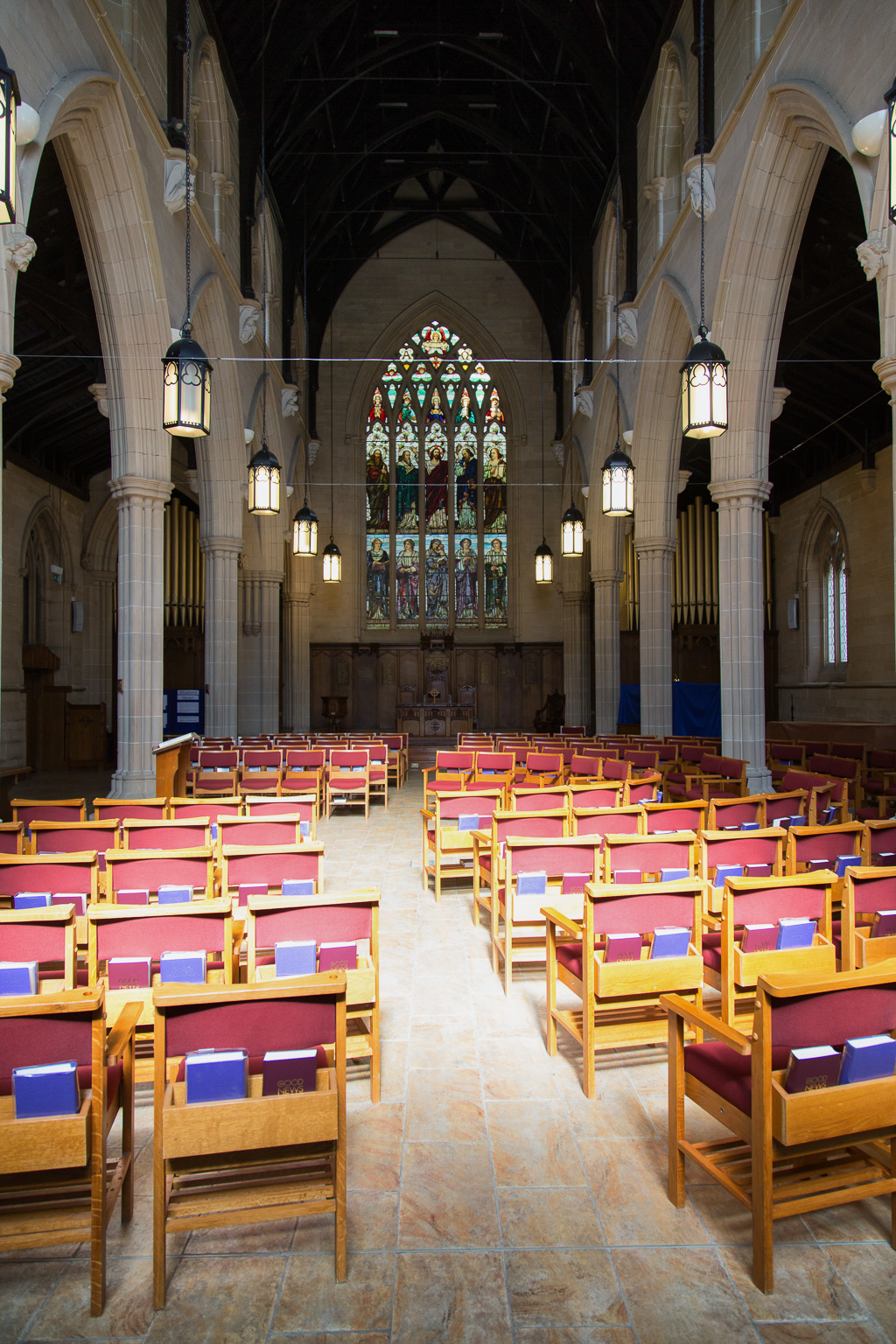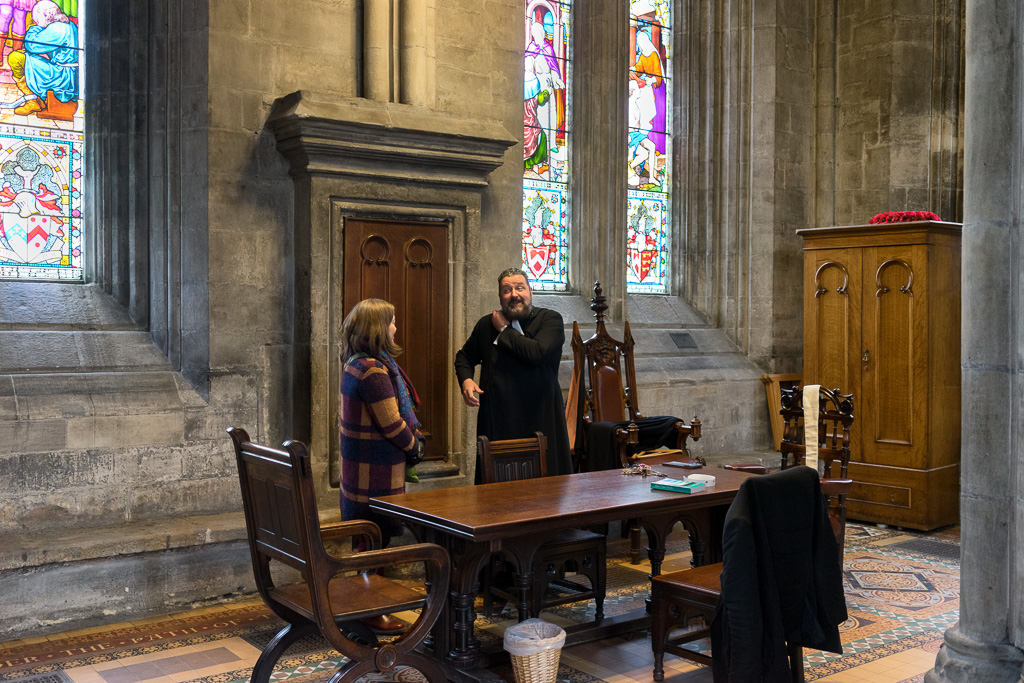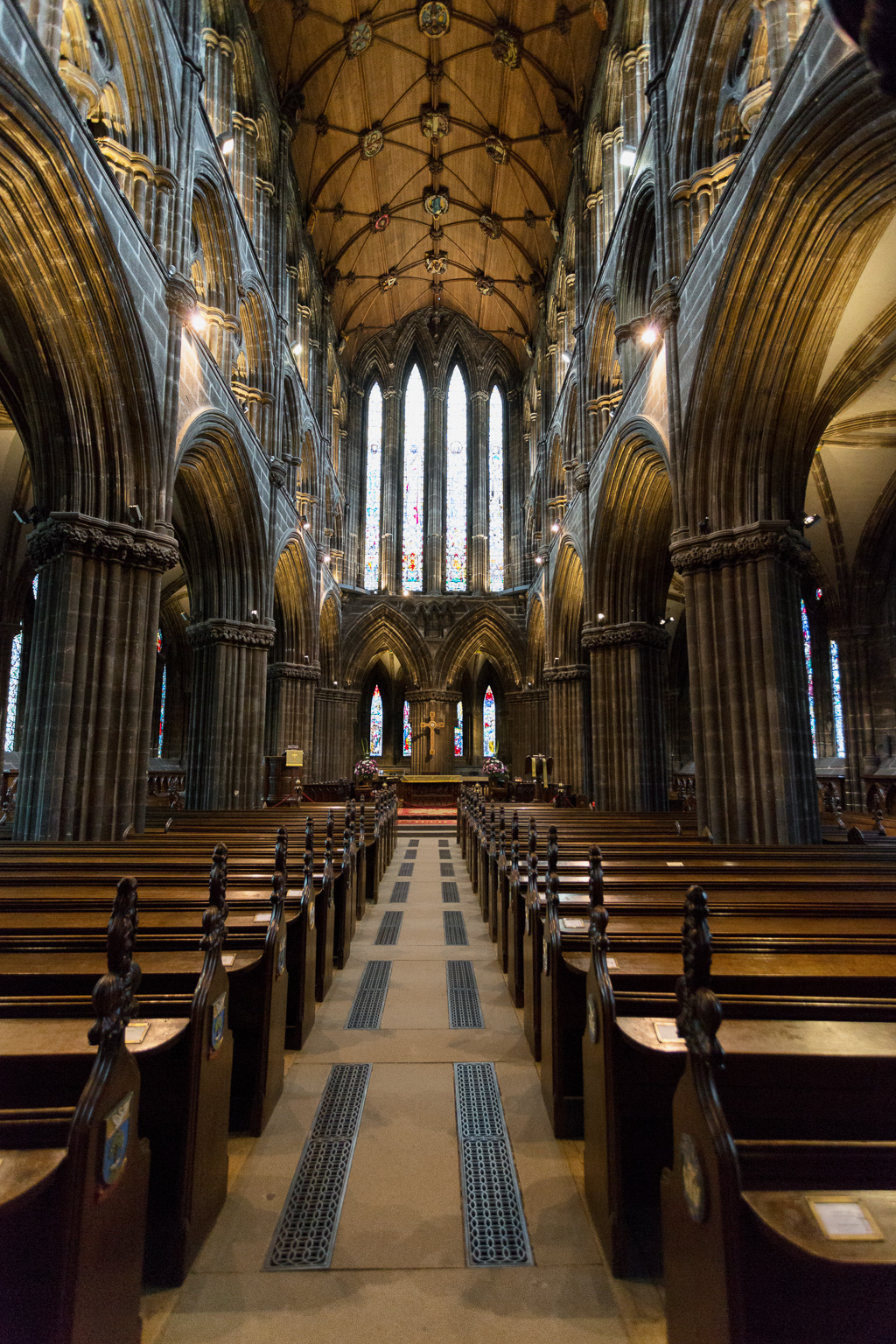We celebrated the end of the pandemic with a trip to visit family in Victoria, B.C. That was last November just days before the omicron variant arrived and forced us to rethink the idea of an “end” to the pandemic. For a brief few days, we got to pretend life had returned to normal. Our worries were restricted to minor issues like flooding, washed out infrastructure, and food and gas shortages. Ah, those were simpler times!
On my second morning there, the rain let up so I walked down to Ogden Point where I caught the sunrise. To get back to the hotel, I went up Douglas Street with apartment buildings to my left and Beacon Hill Park to my right. About half way along the park, I paused to admire an apartment building probably built in the 1950s. In particular, I found myself mesmerized by a simple retro design feature: square white-washed concrete blocks with a star motif in the centre, stacked to form a low wall in front of the building and repeated on each of the balconies. Apart from UFOs and drive-thru burger palaces served by bobby-soxers on roller skates, I can’t imagine anything more emblematic of the 1950s.
I paused to take a shot, then continued along the sidewalk where a sign came into view: Beacon Tower, a 55+ building. I stumbled a little. You see, it isn’t so long ago that I passed that 55+ threshold. I turned back to the building and stared at the retro blocks. Christ, I thought, I qualify to live in an “adult lifestyle” building.
The fact is: I graduated from high school only two or three years ago. Mentally at least (my wife insists I’m far more immature than that and have only graduated from junior high). Because I’m still in reasonably good shape, don’t suffer inordinate aches and pains, and don’t experience shortness of breath when I exert myself, I’ve never come up against anything that challenges my admittedly distorted view of myself. My rational brain tells me I need to grow up which means I need to worry about cholesterol and book an appointment for a colonoscopy. But my rational faculties have always been the smallest part of my brain.
I wonder if the posted 55+ threshold isn’t an artifact from the days when the apartment building first opened its doors. Our perception of what counts as old has changed. In 1888, Edward Bellamy’s utopian novel, Looking Backwards, 2000 to 1887 imagined life in the year 2000 where workers retire at the age of 45 so they have at least a few good years left to enjoy life. No doubt, Bellamy’s threshold was influenced by the deplorable working conditions in Victorian England and their impact on average life expectancy. In the 1950s, we could push that figure along by 10 years. Now, I can’t imagine putting up my feet at 55 and drifting from there into my sunset years. In fact, I can’t imagine putting up my feet at any age.
The gradual deferral of what counts as old age also finds a correlation in changing expectations about when one should start a family. That decision determines how old an infant’s grandparents are. When I was born, my grandmother was 41. When my son was born, his grandmother was 50. As for me, I’ve surpassed them with no prospect of becoming a grandparent. That’s just as well, as I’m only a couple years out of high school and hardly fit for the task.











